Nitin Pai
At a recent discussion in one of our defence institutions, defence analyst Bharat Karnad made a striking point: that indigenization of defence equipment will remain an elusive goal if India’s procurement policy relies on offsets, and while requiring a foreign manufacturer to invest a certain fraction of the purchase value in an Indian firm might generate some employment, it will not result in the transfer of cutting-edge technology. If we want to leapfrog up the value chain, Karnad argued, we must insist that the foreign manufacturer bring in top talent into the country. In other words, what we really ought to be buying is human capital even if what we are ordering is fighter aircraft, missiles or combat rifles.
Indeed, the issue of human capital is almost completely absent from the debate on defence policy. This, despite one of the most remarkable success stories of indigenous defence production being the result of the kind of approach Karnad advocates. India was among the few countries—outside the Western powers—to develop a supersonic fighter plane in the late 1950s. The HF-24Marut project started in 1955, started test flights in 1961, and was inducted into the Indian Air Force in 1967. That’s a mere 12 years to go from drawing board to production in a country that was still struggling with mass poverty and had only a handful of good engineering colleges, producing perhaps a couple of thousand engineers every year.


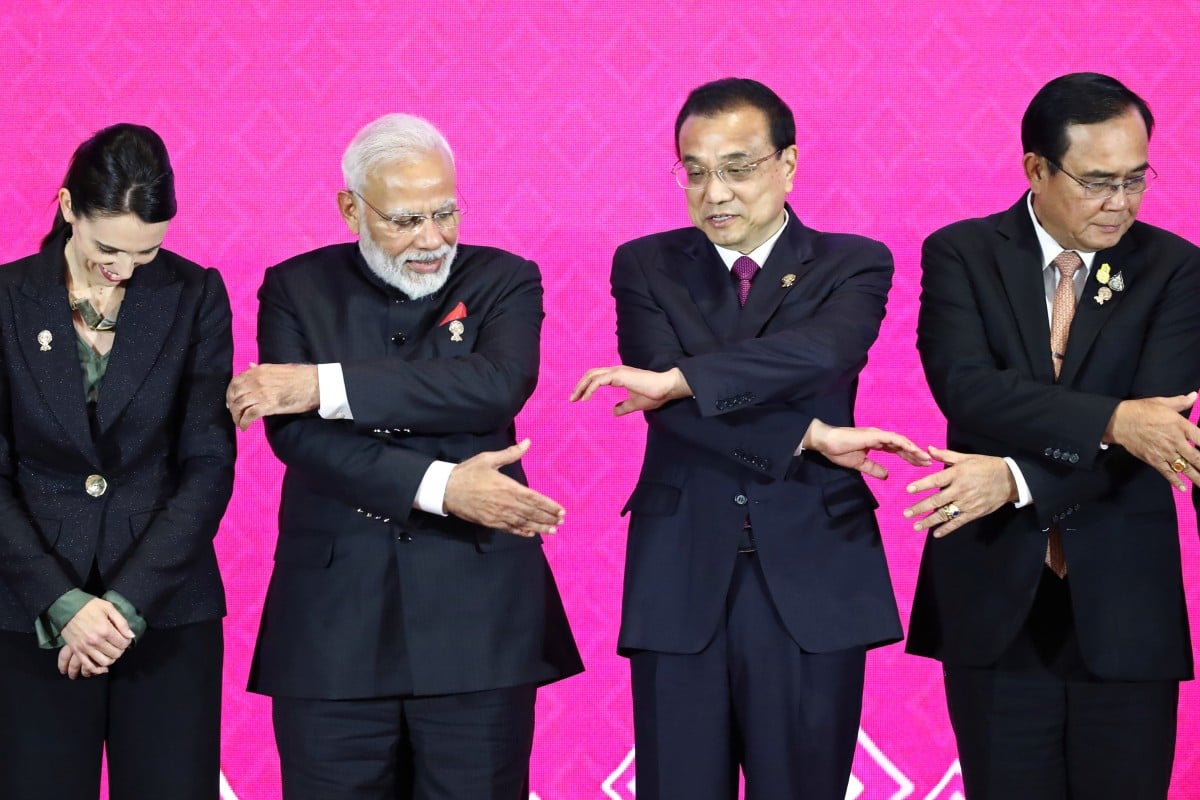




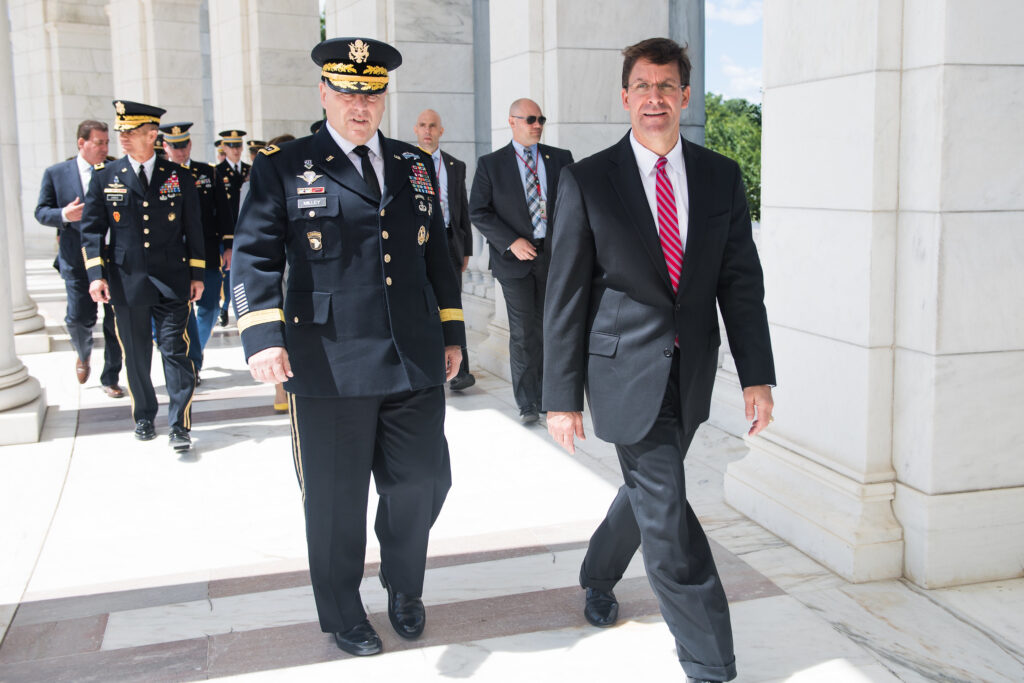

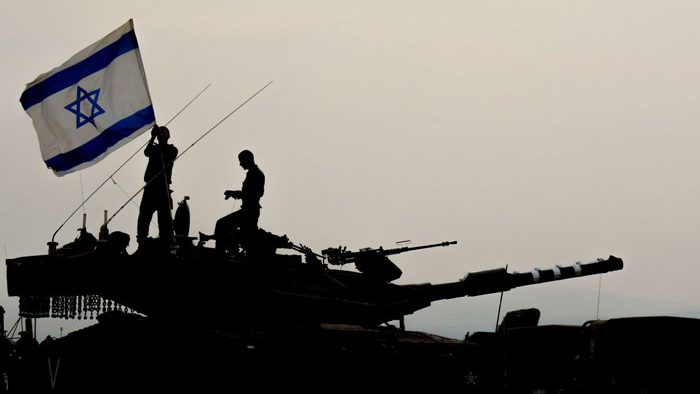
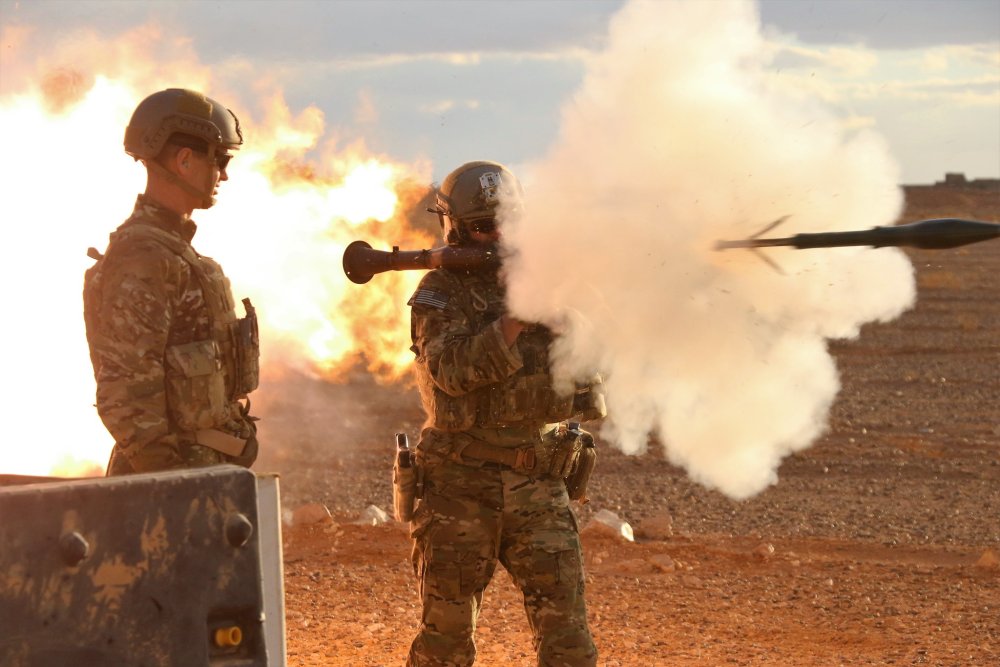


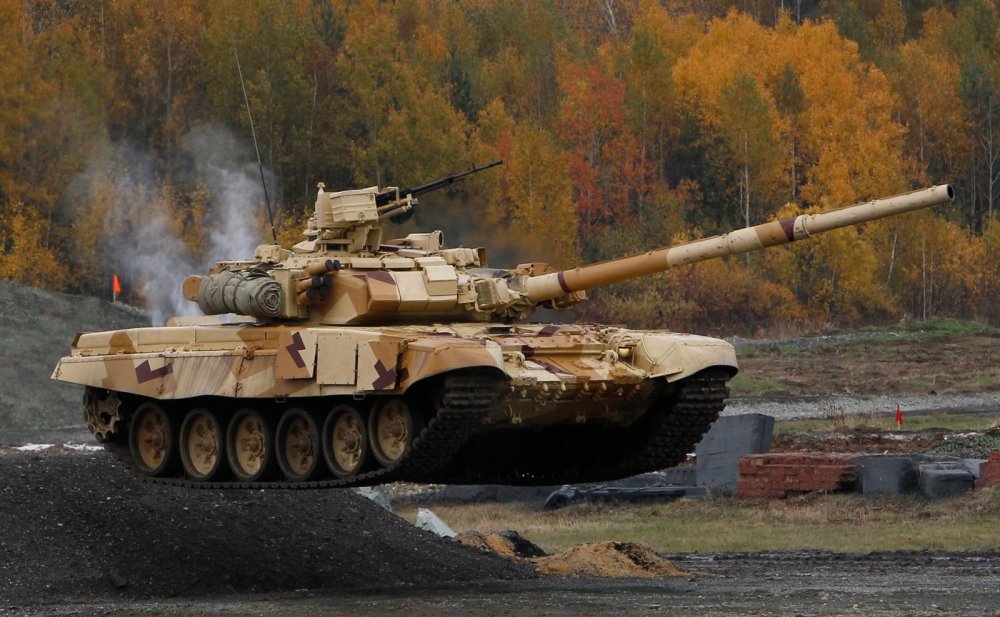
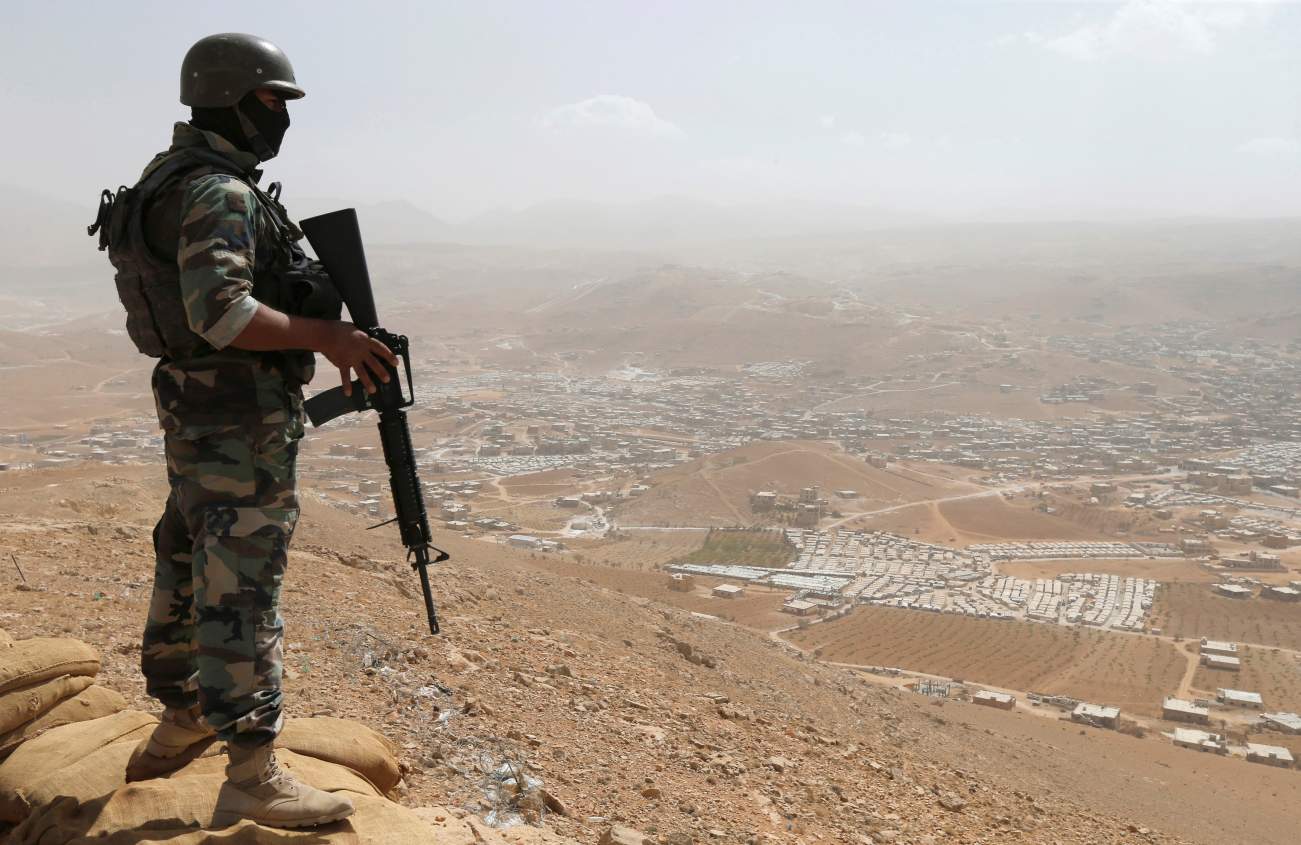
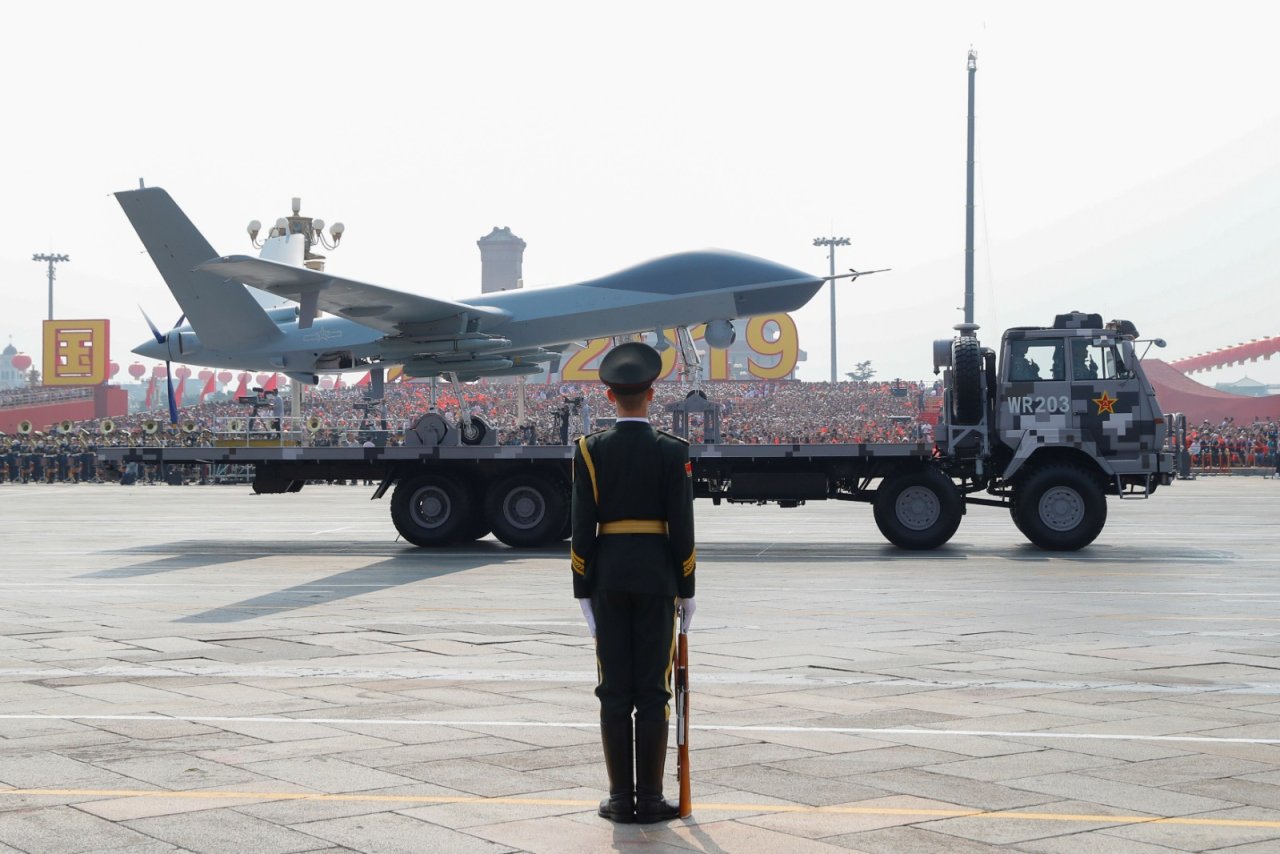

/arc-anglerfish-arc2-prod-mco.s3.amazonaws.com/public/KZ7HYR72DZADLIYXOLSIVIXHAM.jpg)